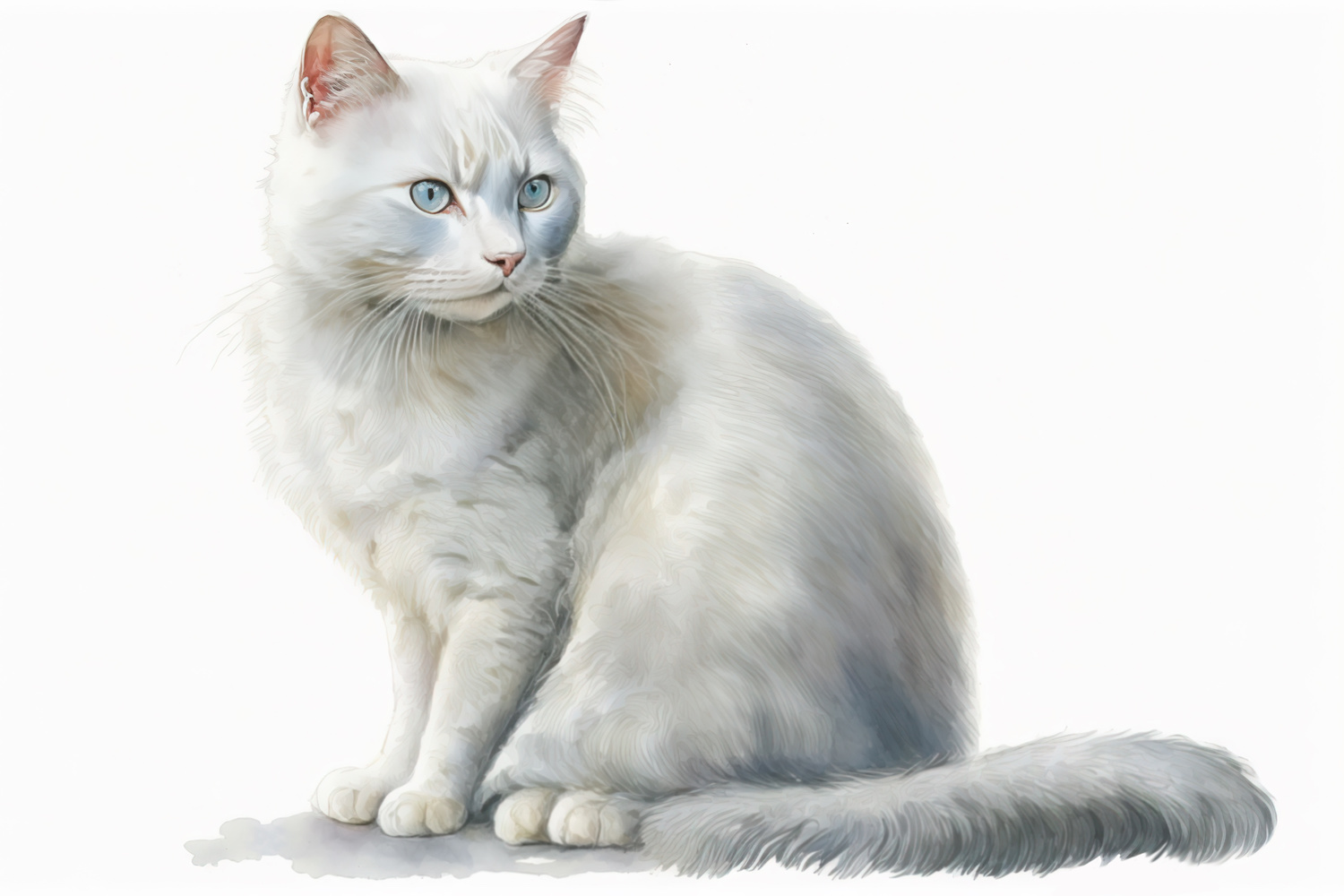import sklearn
import pandas as pd
import numpy as np10 Introduction to Predictive Modeling
10.1 Introduction
In this chapter, you will be introduced to the basic structure and philosophy of the world of predictive modeling, or as it is often known, machine learning.
Machine learning in python is usually performed using the SciKit-Learn package. This library not only provides convenient functions for fitting predictive learning models, it also enforces a strict structure of workflow that will help you make responsible choices in your machine learning decisions.
To help introduce the mindset and procedure of predictive modeling, we begin with a metaphor:
You are the wealthy Baroness Von Machlearn, and you have decided to commission a painting of yourself to hang in your mansion for posterity. Of course, to fully capture your beauty, this portrait needs to be 100 feet tall at least - so you’ll only be able to commission one final painting. But who shall have the honor of immortalizing you?

You being sneakily exploring your friends’ houses every week at Baroness Card Club to see the portraits they have commissioned for themselves. You write down the names of these painters, who you now know are capable of decent quality portrature. (After all, the painter cannot be blamed for the hideous dress that Baroness Artificia was wearing!)

Then, you send each of these portrait painters a photograph of yourself and pay them to recreate it as a miniature portrait. You bring these portraits to your weekly Card Game, and see which one most impresses your Baroness friends.
Surely, whichever painter’s minature interpretation impresses them the most, that is the painter you should hire!



At Baroness Card Club, your friends are blown away by Painter 1’s majestic portrait. You hire them at once to paint you in your full glory and secure your regal legacy.

How does this story relate at all to Machine Learning? Read on to find out…
10.2 Elements of a machine learning process
10.2.1 Predictors and Targets
In a predictive modeling setting, there is one target variable that we are hoping to be able to predict in the future.
This target variable could take many forms; for example it could be:
The price that a particular house will sell for.
The profits of a company next year.
Whether or not a person will click a targeted ad on a website.
The goal is to come up with a strategy for how we will use the data we can observe to make a good guess about the unknown value of the target variable.
The next question, then, is: what data can we observe? The information we choose to use in our prediction strategy is called the predictors. For the above three target variables, some predictors might be:
The size of the house in square feet, the neighborhood it is located in, and the number of bedrooms it has.
The company’s profits last year.
The person’s age, the person’s previous search terms, the image used for the ad, and the website it is hosted on.
Ultimately, every machine learning model - even very complex ones - are simply procedures that take in some predictors and give back a predicted value for the target.
In machine learning, it is common to refer to predictors or features for the input and target or target variable for the output.
In computer science, you will sometimes hear these simply called input and output.
In statistics, we sometimes say covariates or independent variables for the input, and response variable or dependent variable for the output.
This book will use all the terms interchangeably, but we will mostly stick to “predictors” and “target”.
10.2.2 Model Specifications
Now, once we have identified our target variable, and decided on some predictors we will use, we need to come up with a process for making predictions.
For example, consider the problem of predicting the price a newly listed house will sell for, based on its size, neighborhood, and number of bedrooms. Here are a few different prediction strategies:
We will find ten houses in the same neighborhood with approximately the same size and number of bedrooms. We will look at the most recent prices these ten houses sold for, and take the average of those. This is our predicted price for the new house.
We will make an equation
\[a * \text{size} + b * \text{neighborhood 1} + c* \text{neighborhood 2} + d*\text{num bedrooms} = \text{price}\] We will find out what choices of \(a,b,c,d\) lead to the best estimates for recently sold houses. Then, we will use those to predict the new house’s price.
- We will define a few categories of houses, such as “large, many bedrooms, neighborhood 1” or “medium, few bedrooms, neighborhood 2”. Then, we will see which category the new house fits into best. We will predict the price of the new house to be the average price of the ones in its category.
Each of these strategies is what we call a model specification. We are specifying the procedure we intend to use to model the way house prices are determined.
For the curious, the examples above roughly correspond to the model specifications:
K-Nearest-Neighbors
Linear Regression
Decision Trees
In this class, you will learn a few of the many different model specifications that exist.
10.3 Choosing a final model
10.3.1 Training data
Notice something very important about all of the examples of model specifications: They required us to know something about the prices and qualities of other houses, not just the one we wanted to predict. That is, to help us develop our strategy for future prediction, we had to rely on past or known information.
This process, by which we use known data to nail down the details of our prediction strategy, is called fitting the models.
For the three specifications above, the model fitting step is:
Simply collecting information about house sizes and prices in the same neighborhood.
Determining which exact values of \(a,b,c,d\) do a good job predicting for known house prices.
Deciding on categories of houses that seem to be priced similarly.
10.3.2 Test Data and Metrics
Ultimately, we need to settle on only one procedure to use to come up with our prediction(s) of unknown target values.
Since our goal is to choose a good strategy for future data, we’d like to see how our fitted models perform on new data. This brand-new data - which was not involved in the model fitting process, but for which we do know the true target values - is called the test data.
Why might we not want to measure prediction success on the training data?
Consider the model specification “Find the most similar house in the training data, and predict that price?” If we use this approach to make predictions about the houses in the training data, what will happen?
If we want to predict the price of a house in the training data, we look for the most similar house, which is… itself! So we predict the price perfectly!
This doesn’t necessarily mean our modeling approach is good: remember, our goal here is to come up with a strategy that will work well for future data.
Once we make predictions on the test data, we need to decide on a metrics: a measurement of prediction success of our different models on the test data that will help us choose the “best” one.
A metric is typically an equation that can be calculated using the test data and the predictions from a fitted model.
For example, some good metrics for choosing a model to predict house prices might be Mean Squared Error: We gather houses whose recent sales prices are known, use our fitted model to predict prices, and find the average squared distance between the predicted price and the actual price.
In math notation, this looks like:
\[ (y_1, ..., y_{100}) = \text{actual sales prices of 100 houses}\] \[ (\hat{y}_1, ..., \hat{y}_{100}) = \text{predicted sales prices of those 100 houses}\]
\[ \text{MSE} = \frac{1}{100} \sum_{i = 1}^{100} (y_i - \hat{y}_i)^2\]
Of our three (or however many) model specifications, which have been fitted with training data, one will have the “best metrics” - the lowest MSE on the test data.
This “winner” is our final model: the modeling approach we will use to make predictions on the new house.
Our last - and very important! - step is to fit the final model: That is, to use all the data we have, test and training, to re-train the winning model specification. This is the fitted model we will use on our actual future unknown data.
10.4 Modeling with Scikit-learn
Now, let’s walk through a simple example of this predictive model workflow in python with the scikit-learn library.
First, install and import sklearn, as well as our usual suspects:
Next, load the example dataset we will use: the “Ames Housing” dataset, which contains information about house sizes and prices in Ames, Iowa.
dat = pd.read_csv("https://www.dropbox.com/scl/fi/yf8t1x0uvrln93dzi6xd8/housing_small.csv?rlkey=uen32y937kqarrjra0v6jaez4&dl=1")10.4.1 Target and Predictors
First, we will establish which variable is our response and which are our predictors. We’ll call these y and X.
y = dat['SalePrice']
X = dat[['Gr Liv Area', 'Bedroom AbvGr', 'Neighborhood_NAmes', 'Neighborhood_NWAmes']]Important! Notice that the object y is a Series, containing all the values of the target variable, while X is a Data Frame with three columns.
We often name y in lowercase and X in uppercase, to remind ourselves that y is one-dimensional and X is two-dimensional.
In general, sklearn functions will expect a one-dimensional target and two-dimensional object for predictors.
10.4.2 Model specifications
Our next step is to establish which model specifications in sklearn we are going to consider as possible prediction procedures:
from sklearn.neighbors import KNeighborsRegressor
from sklearn.tree import DecisionTreeRegressor
from sklearn.linear_model import LinearRegression
knn = KNeighborsRegressor()
lr = LinearRegression()
dt = DecisionTreeRegressor()IMPORTANT: Nothing in the above code chunk mentioned the data at all!
We are simply preparing three objects, named knn and lr and dt, which we will use with the data to obtain fitted models.
10.4.3 Test/training split
To choose between our model specifications, we will need some training data for fitting the models, and some test data for computing the metrics. How will we get two separate datasets? Easy, we’ll just split up the one dataset we already have!
from sklearn.model_selection import train_test_split
X_train, X_test, y_train, y_test = train_test_split(X, y, test_size=0.25)10.4.4 Model fitting and Metrics
Now, we are ready to put our specifications to the test.
First we fit our models on the training data:
lr_fit = lr.fit(X_train, y_train)
dt_fit = dt.fit(X_train, y_train)
knn_fit = knn.fit(X_train, y_train)This is one of the few times you will modify an object in place; the .fit() method called on a model specification object, like lr or knn, will permanently modify that object to be the fitted version. However, for clarity, we recommend storing the fitted model under a new name, in case we re-fit the model objects later.
There isn’t much worth examining in the “model fit” details for knn and dt, but for lr we might want to see what coefficients were chosen - i.e., what were the values of \(a,b,c,d\) in our equation.
lr_fit.coef_array([ 85.62719887, -18528.22326865, -4633.26657369, 4633.26657369])Next, we use the fitted models to get predicted values for the test data.
y_pred_knn = knn_fit.predict(X_test)
y_pred_lr = lr_fit.predict(X_test)
y_pred_dt = dt_fit.predict(X_test)Finally, we choose a metric and compute it for the test data predictions. In this example, we’ll use the MSE:
from sklearn.metrics import mean_squared_error
mean_squared_error(y_test, y_pred_knn)
mean_squared_error(y_test, y_pred_lr)
mean_squared_error(y_test, y_pred_dt)1830841337.76The smallest squared error was achieved by the linear regression!
Thus, our final model will be the linear regression model spec, fit on all our data:
final_model = lr.fit(X, y)
final_model.coef_array([ 74.37717581, -13083.50151923, -7484.17760684, 7484.17760684])10.5 Conclusion
No practice exercise this week!